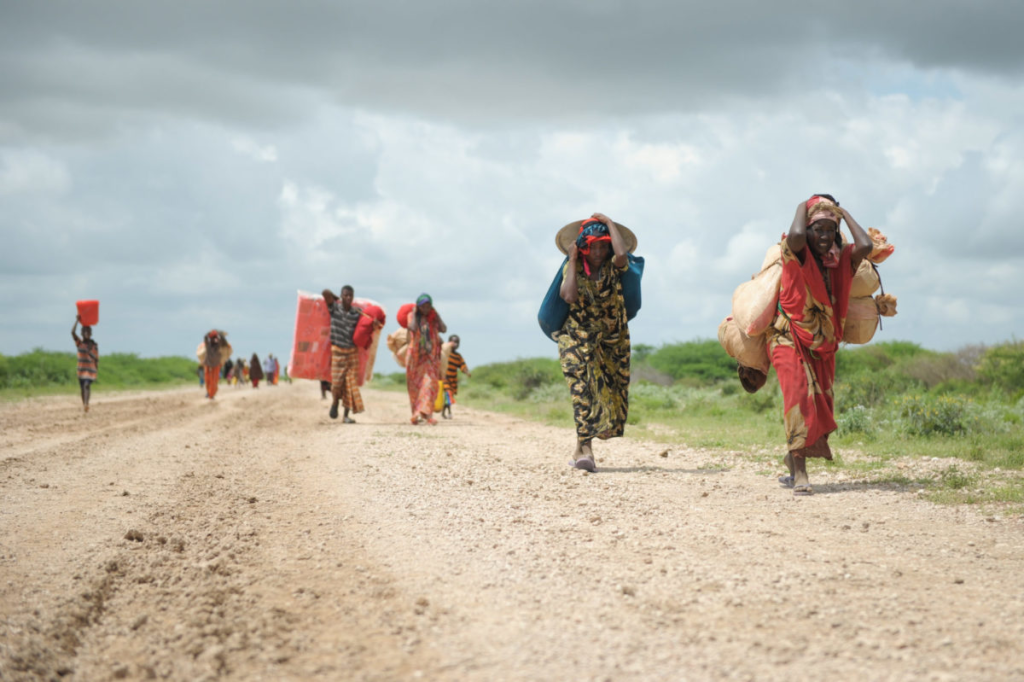
Across the globe, a quiet but powerful shift is underway one that could redefine where people live, how cities grow, and even the price of your morning coffee. Climate migration, once a distant concept, is now a present-day economic force. The World Bank warns that up to 216 million people could be displaced by 2050 due to extreme weather, water scarcity, and rising seas. It’s not only about human migration; it’s about the ripple effects on housing markets, job landscapes, insurance premiums, and supply chains that affect us all.

1. The New Geography of Survival
Climate migration occurs when an area becomes too hot, dry, flooded, or insecure to support human life. In Honduras, a resident remembered after Hurricanes Eta and Iota: “I had a house.”. … Now it’s at the bottom of the ocean.” These tales are going viral. In 2024, Phoenix hosted 85,000 new arrivals despite 154 days with no rain and unrelenting triple-digit temperatures a contradiction of economic opportunity in the face of environmental stress. Cities like Phoenix aren’t anomalies; they’re teachable moments in the multifaceted push-pull of climate risk and promise.
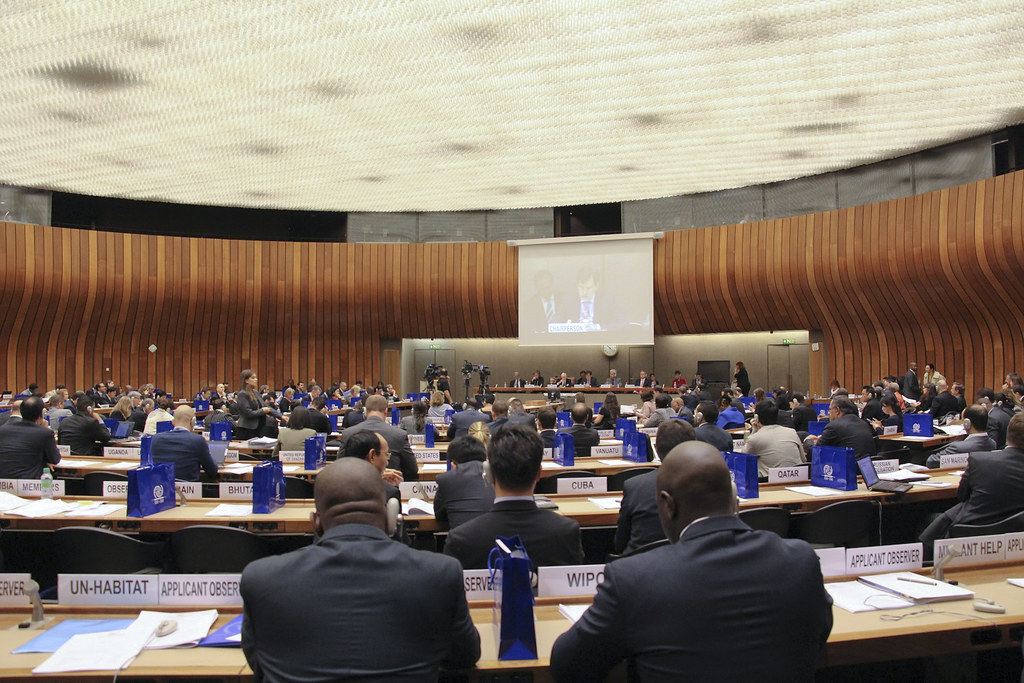
2. Cities on the Frontline
Cities are taking in much of this migration. The Mayors Migration Council has estimated that as many as eight million individuals may relocate to only ten cities in the Global South by 2050 if temperatures rise above 1.5°C. This will strain infrastructure, from housing and water to health and transport. However, according to Vittoria Zanuso, Council Executive Director, “City leadership can turn climate migration from a crisis into an opportunity.” Across Freetown, Dhaka, and Bogotá, inclusive climate action is being tested in practice, from green job programs to migrant-sensitive urban planning.
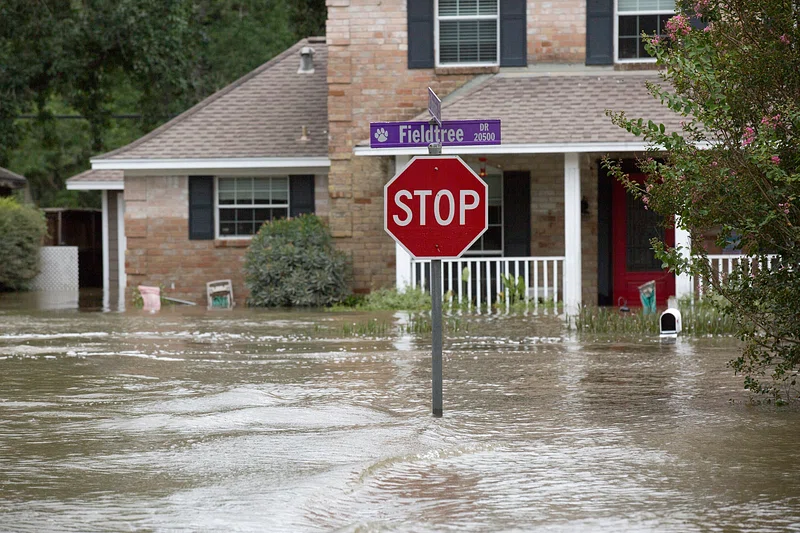
3. The Housing Market Shake-Up
Climate disasters don’t simply reduce houses to ash they redefine housing economics forever. Following California’s Paradise fires, premiums rose 37%, population declined 69%, and home values decreased 42% in five years. Zillow analysis indicates that in Los Angeles, where fires exacerbated the already constrained housing supply, just 1.6% of listings in late 2024 were within reach of median-income households. Displacement generates demand in safer neighborhoods, increasing prices and transforming entire real estate markets.

4. Insurance Under Pressure
Insurers are recalculating risk at breakneck speed. Premiums have skyrocketed to stratospheric proportions in some beachfront communities 322% in Miami pricing coverage out of reach for many. New products are gaining traction: parametric insurance, which pays out when pre-agreed triggers such as amounts of rain fall within agreed ranges, is financing the rebuilding of coral reefs in Hawaii, while insurance-linked securities are directing capital into resilience projects. These products are not only safeguarding assets; they can actually lower harm to be inflicted.
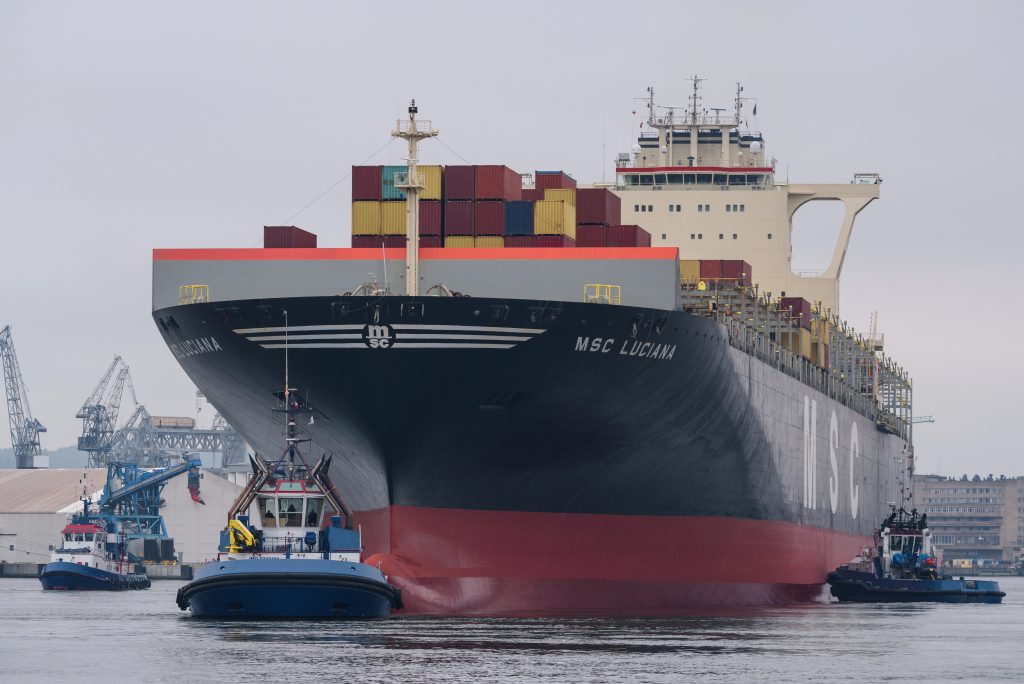
5. Supply Chains in the Crosshairs
Already extreme weather is disrupting global supply chains, with potential losses of $24 trillion by 2060, according to King’s College London’s estimate. Weaknesses across industries ranging from semiconductors to agriculture are identified by the McKinsey Global Institute. One catastrophic storm in the western Pacific will slice chip supply for several months, spilling over into industry-wide revenue lost. Firms are striking back with dual sourcing, localizing manufacturing facilities, and putting money into disaster-resistant structures actions that can spell the difference between a temporary glitch and a full-blown operations catastrophe.

6. Business Agility as a Survival Skill
PwC’s Bob Moritz simply states it: “If businesses are to thrive short term and long term… they must speed the pace of reinvention.” That is, incorporating climate risk into strategic planning, not relegating it to the sidelines. From relocating operations to diversifying vendors, the people who will succeed will be those who view adapting as an investment, not an expense.
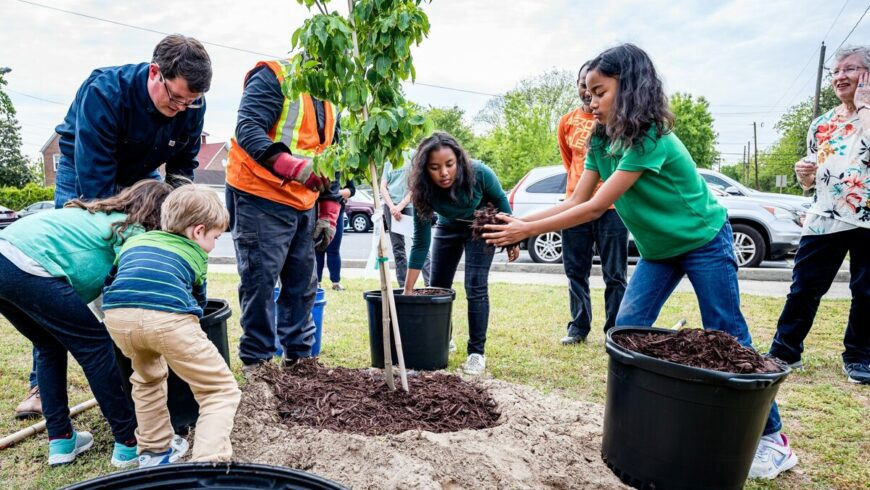
7. Local Solutions with Global Impact
Locally led efforts are demonstrating their value. In Kenya, the Financing Locally Led Climate Action program directs funding to counties and communities to develop their own resilience projects. In Guinea, local authorities are allocating at least 50% of their capacities to climate-resilient initiatives, targeting women and youth. They are demonstrating that a local decision-making strengthening can achieve customized, effective solutions that are beyond the reach of national policies.
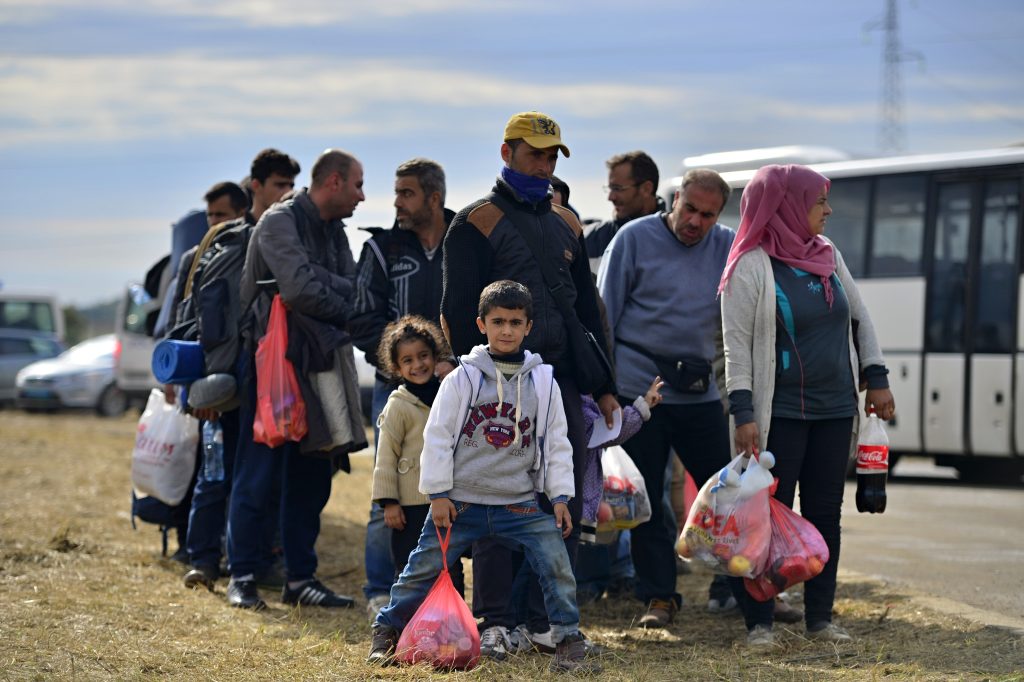
8. Mobilizing Migration
Ordered migration, while exceptional, is increasing. Fiji is relocating entire groups of individuals to the interior, and it has a country policy centered around cultural attachments and economies first. Urban areas, however, are using migration to drive the green transition upskilling migrants in clean energy, green construction, and land regeneration. This strategy makes migrants co-creators of strong economies.
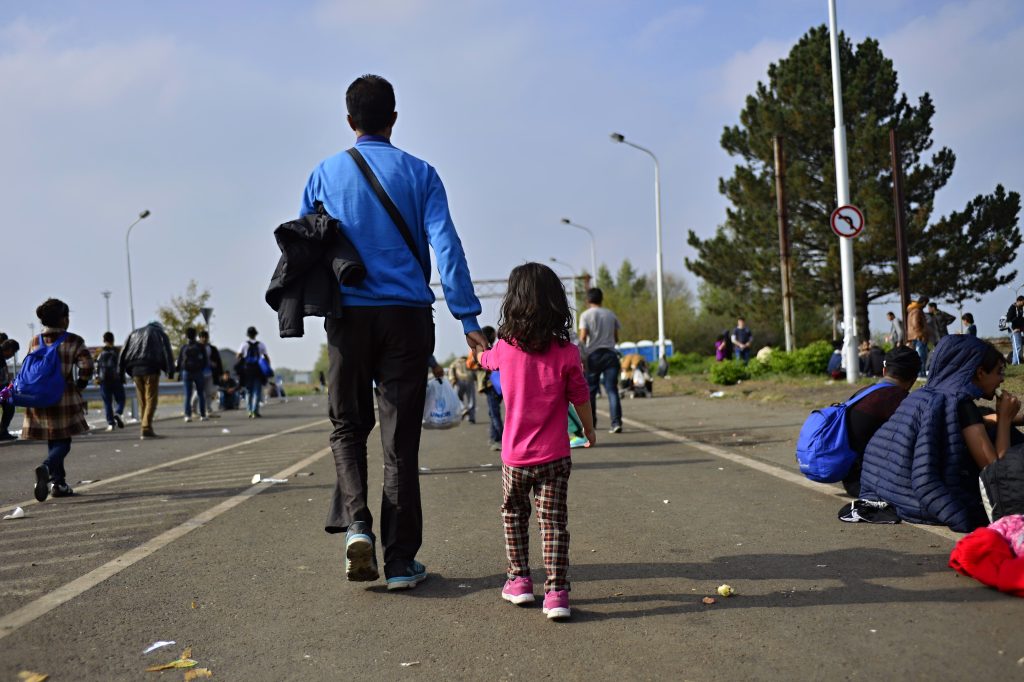
The climate migration economy already exists, transforming cities, markets, and everyday life. The adaptable ones mayors, CEOs, or homeowners will weather the hurricane but guide us towards a more sustainable future.


